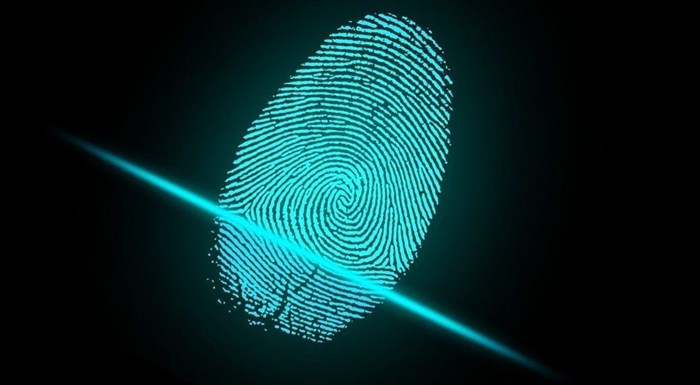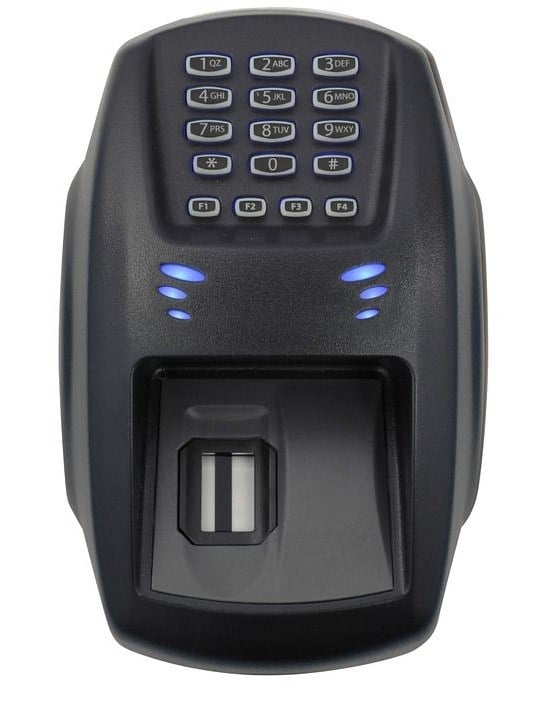Marketing & Media trends
Industry trends
BizTrends Sponsors
Trending
#BizTrends2019: Digital, data-driven biometrics
The use of biometrics was initiated at a government level, initially as part of capturing and storing detailed records of individuals for identification purposes, and/or other personal information for authentication purposes - as well as persons who had been convicted of a past criminal offence.

During the 20th Century, these biometric applications later evolved, with more complex databases and systems being developed to support national security efforts – and around this time period, we began to observe various industries adopting biometric technology. The most prominent adaptation occurred in security industries, as biometrics had proven to be a very effective tool in combating rising security challenges. But perhaps the most transcendent evolution of biometrics is the one starting to take shape today, in the brave new digital age.
Digital transformation is prompting widespread adoption
With each new wave of transformation, digital technologies are becoming increasingly engrossed in our everyday lives. These technologies certainly offer countless conveniences, however, on the flip side, this can open us – as individuals and businesses – up to new risks and threats to our safety and security.
If we just look at identity theft and fraud as an example, this remains one of the most prominent cybercrime threats of modern society. To put this into context; statistics from the South African Fraud Prevention Service (SAFPS) show that identity theft has increased by 200% over the past several years - and global market research notes that identity fraud costs businesses and consumers, alike, billions of US dollars every year just in monetary loses.

Added to this, while identity fraud has been around for hundreds of years, due to the proliferation of the internet and digital technologies, the challenge is that the methods employed by cybercriminals continue to change – and even become more sophisticated.
That said, identity theft and related fraud aren’t the only criminal or illicit acts that can be mitigated with the widespread adoption of biometrics. As a result, we are increasingly seeing biometrics technology being integrated into advance data, security and authentic systems.
Industries mapping to consumer acceptance
Currently, unimodal, Automated Fingerprint Identification Systems (AFIS) form the basis of most biometric solutions today. However, due to mounting pressures to address the increasing number of security threats in the digital age, the security industry is increasingly moving to more integrated multimodal biometric solutions.
Additionally, biometrics is an impressive and easy-to-use alternative to knowledge-based security protocols, such as passwords and/or personal information-based questions – all of which continues to spur consumer acceptance and adoption.

In fact, research by Yole Développement noted that today consumer applications represent 66% of the total hardware biometrics market - compared with only 2% in 2010. The study also forecasted that adoption of biometrics in the consumer sector is on a strong growth trajectory of 10.4% compound annual growth rate (CAGR) between 2016 and 2021 and expected to outpacing industrial (8.1%) and homeland (6.9%) over the same period.
Biometrics-based applications
The current rapid growth of adoption in consumer markets can largely be attributed to biometrics-based applications being integrated into smart devices – mobile devices, smart cars, smart home appliances, etc. – and similar use applications are also finding a home in supporting healthcare and financial services.
Additionally, as the digital play in biometrics continues to evolve rapidly – across industry and national security applications too - these solutions may include fingerprints, facial recognition and even iris or retina scanners on mobile devices, at ATMs and even self-service check in counters at airports.
Where devices and solutions will be designed and built specifically to address the fluidity of this modern world. In fact, there are already examples of such applications being implemented and tested globally.
And, going forward, we expect that mainstream adoption of biometrics will impact how employers, service providers and technology companies provide end-users with access to devices, applications and services in the future.
As digitalisation rapidly becomes more commonplace we are already seeing the influence of more information about who we are, and our lives being captured, stored in and accessible from the cloud – particularly with social media and smart devices. Though we have also seen the increasing number of threats posed by fake personas, scammers and cybercriminals.
Biometrics provides a means of authenticating who we are dealing with and therefore should form, and inform, the foundation to any solution aimed at managing identity authentication and digital security – as the authenticity of data is in our DNA. And because of this fundamental attribute we believe widespread adoption of biometrics across all mainstream markets is just a matter of time.













